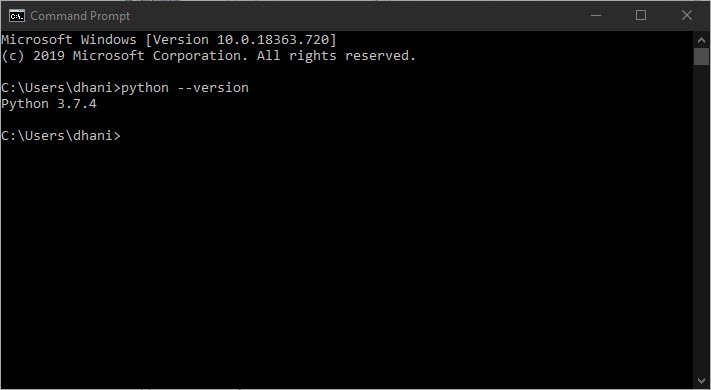
If you have interacted with other languages, you may have noted that some have a single or just two use cases. Python offers such a solution through its platforms, such as Tryton. A typical business setting will need applications that are easily readable, extensible, and scalable. The business world is wide, and some of the things that may come to mind are e-commerce applications, customer management systems, and ERP, to mention a few. Developers can automate tests and checks on new systems and apps using Python. In a software development setup, Python can be used in bug tracking, testing, and build control. Data analysts can now create data visualizations, conduct complex statistical calculations, manipulate & analyze and so much more. Python has become one of the most sought programming languages by data scientists. Beginners, as well as experts, can use Python to automate various tasks such as sending emails, finding data online, sorting data, and downloading. If there is a job that you find yourself performing repeatedly, Python can help you automate it. Flask and Django are examples of frameworks that are widely used in the development of APIs and backend servers. Python is used in backend development (the processes that users don’t see). Some of the things you can do with Python are

Python is also used in the creation of software that controls self-driving cars.

This general-purpose programming language has a wide variety of users, and you may have interacted with it unknowingly through the movie recommendations on Netflix. He thus settled on the name as he considered the new language mysterious and unique. As Rossum was creating Python, he was also reading “Monty Python’s Flying Circus”, a script of a popular BBC comedy series.

Python was released on February 20, 1991, by Guido van Rossum. Python is one of the most famous programming languages as it is used across different domains such as web development, machine learning, data analytics, and software testing, to mention just a few.


 0 kommentar(er)
0 kommentar(er)
